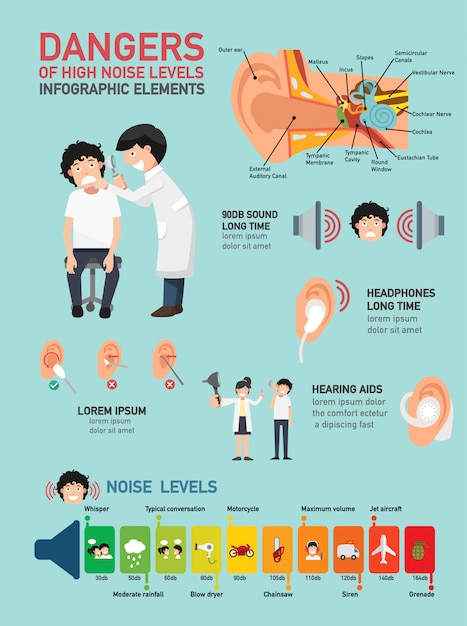Enhancing Learning: Resolving Auditory Processing Issues In Dyslexia
Enhancing Learning: Resolving Auditory Processing Issues In Dyslexia
Blog Article
Post Produced By-Castillo Noble
When you consider the challenges that dyslexic learners deal with, it's clear that auditory processing concerns typically play a significant role. You could wonder just how customized approaches can bridge the gap between acoustic guidelines and comprehension. By integrating aesthetic aids and damaging tasks right into convenient steps, you can improve emphasis and understanding. Nevertheless, the remedies don't stop there. What https://dyslexiaassessmentprocess64196.blogdomago.com/31737094/open-the-door-to-finding-the-best-dyslexia-therapist-for-your-child-with-necessary-pointers-and-sources-that-can-change-their-understanding-experience can develop an absolutely encouraging learning setting that fosters success and self-confidence?
Comprehending Dyslexia and Auditory Processing
Dyslexia affects approximately 1 in 5 people, making it one of the most typical learning disabilities. If you're navigating dyslexia, you may discover that it doesn't simply influence reading and writing; it can additionally influence just how you refine acoustic details.
Auditory processing describes exactly how your mind translates sounds, consisting of language. When https://www.wbur.org/cognoscenti/2017/11/28/dyslexia-legislature-cathy-mason-phoebe-adams struggle with this, it can lead to difficulties in comprehending talked guidelines and following discussions.
You could notice that you typically misinterpret what you hear or that it takes longer for you to respond in conversations. This isn't a reflection of your intelligence; it's a specific difficulty related to processing acoustic signals.
Comprehending this connection is essential due to the fact that it assists clarify why you may master visual tasks while facing hurdles in jobs that rely on acoustic understanding.
Recognizing these difficulties can encourage you. By understanding the intricacies of dyslexia and auditory handling, you can much better promote for your requirements, whether in educational settings or social situations.
It's important to acknowledge these problems so you can look for the ideal support and methods in the future.
Efficient Methods for Support
Browsing the challenges of acoustic handling can really feel overwhelming, yet there work strategies that can aid you thrive.
By carrying out these techniques, you can boost your discovering experience and boost your ability to process auditory info.
- ** Use when does executive function develop **: Combining auditory instructions with aesthetic supports, like charts or diagrams, can dramatically boost understanding.
- ** Damage jobs right into smaller actions **: Simplifying guidelines into manageable pieces allows you to concentrate and refine info better.
- ** Practice energetic listening **: Engage in workouts that encourage you to listen diligently, such as summarizing what you have actually listened to or asking questions for information.
- ** Incorporate technology **: Utilize apps or software application designed to help with auditory handling, such as speech-to-text devices or audiobooks, to strengthen discovering.
Creating Helpful Discovering Atmospheres
Producing a supportive understanding environment is crucial for helping individuals with auditory handling obstacles succeed. Begin by lessening disturbances in your class or learning area. Use acoustic panels or soft furnishings to soak up noise, which can aid students focus far better. Make certain seating arrangements enable clear sightlines to the instructor and any type of aesthetic aids.
Next off, integrate clear and succinct interaction. Talk slowly and utilize easy language, checking for recognizing frequently. Encourage students to ask concerns if they're uncertain. Aesthetic aids like charts, diagrams, and created guidelines can enhance understanding and retention.
Additionally, cultivate a culture of perseverance and understanding among peers. Educate pupils about auditory processing concerns, advertising empathy and support. Team activities can be useful; just make certain that functions are clear and that students interact to support each other.
Finally, offer normal feedback. Commemorate progression and accomplishments, regardless of how small. This inspiration develops confidence and reinforces the concept that learning is a journey.
Conclusion
In your trip to enhance learning for people with dyslexia, think of each technique as a tipping rock across a river. By weaving with each other acoustic and aesthetic help, damaging tasks right into bite-sized pieces, and nurturing a helpful setting, you help produce a bridge to understanding. Bear in mind, promoting compassion among peers and engaging households can light the path to success. With patience and dedication, you'll empower students to soar above challenges, changing their battles into toughness.
